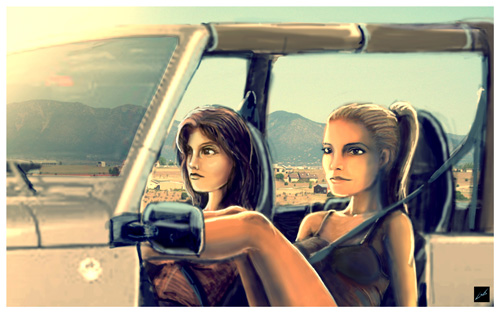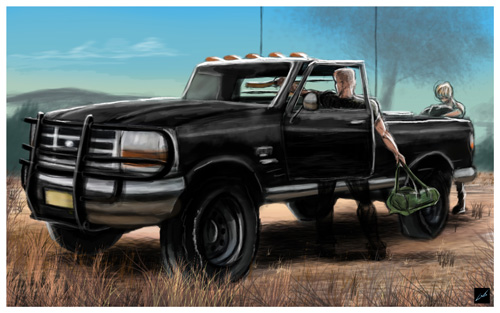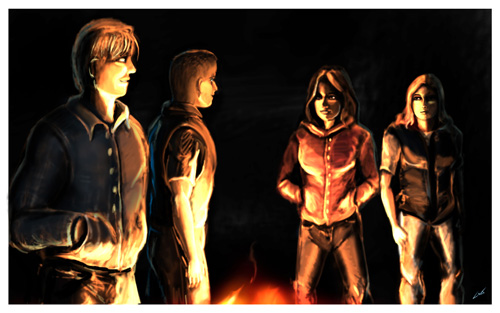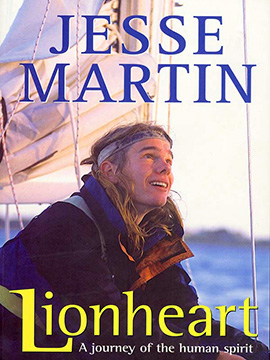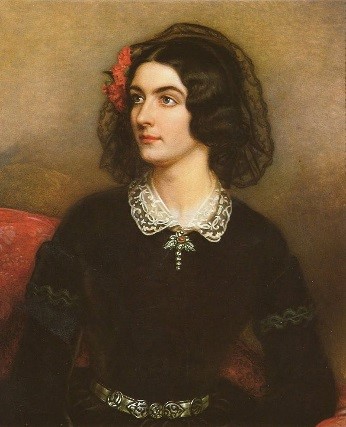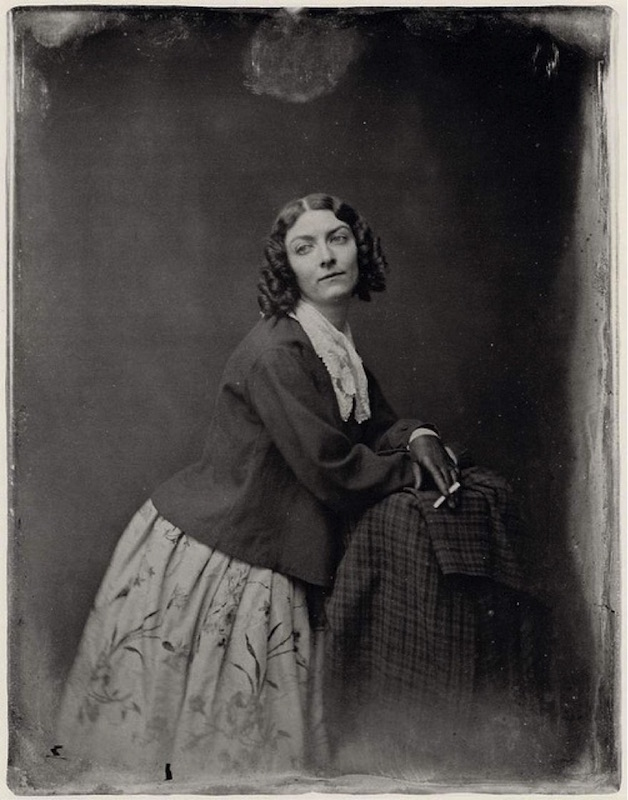Turning Point – Feature Film
Synopsis
Turning Point: A moment in time at which decisive change occurs.
At the edge of the wild, all rules change
TURNING POINT is an intense character driven thriller and a close study in survival. Set in the Australian outback, it tells the story of a hunting accident and the subsequent events that follow.
For Claire Foreman and best friend Stella Diamond, two days in the country seems like the perfect get-away. For country singing sensation Grahame Bones and his brother Cooper, it is an escape of a different kind. But a chance encounter in the bush will change their lives forever – if they survive…
TURNING POINT is a film about ordinary people caught up in an extraordinary circumstance where the normal rules no longer apply. How civilized is any one of us, when the restraints are removed, and all we hold dearest is at stake?
Set deep in the Australian bush, it is a study in survival – physical, mental… and spiritual.
Directors Statement
I came up with the idea for Turning Point while reflecting on an episode of “Unsolved Mysteries” I watched when I was a kid. Asking myself the question “what would I do if I accidentally shot someone in the bush?” was the initial creative spark for this story about ordinary people caught up in an extraordinary situation.
This is a character driven piece, with the performances being of the utmost priority to achieve my vision. I will be looking to cast strong actors and allow each of them to explore backstory and dialogue so that they embody the characters in full. With this in mind I feel it necessary to do as much workshopping as possible, especially for the “Graham Bones” character so that each actor finds the truth in their character.
I am very conscious that I want the bush to feature as an additional character. I feel that the scenery and landscape will aid in establishing the tone of each scene. I will be looking to show off the beauty of the bush in the 1st Act and slowly pulling that back as we progress through the next 2 Acts.
Given our locations and the performance expected from the actors I want to have a very small amount of crew on set. I feel this will be important in creating the space for the actors to shine and also will make for a very tight nit team.
We will be shooting with a Red Epic Dragon which will allow us to move fast on set and also give space for multiple takes. More importantly that that is the unrivalled detail and native exposure that is important for us to show off the bush as an additional character. We will be looking to shoot a lot of atmospheric scenes that will add to the overall tone of the film. Shooting with the Red Epic Dragon gives us great flexibility and terrific performance in this area.
Overall I am aiming to create a very intense Drama/Thriller with clearly defined characters and a strong story. I believe the themes of family, loyalty, self preservation, sacrifice and friendship will all shine through and ultimately resonate with audiences.
Look and Feel
The look and feel of Turning Point is broken up into two distinctive parts. In the first act of the movie we present a normal portrait of life, slowly unraveling all it’s complexities and dynamics. The second and third Act is a time of confusion and high drama. The unique element of this film is to allow changes in the weather to subtly narrate this film…
In the suburbs of Tasmania, we will utilize the very natural feel of window light touching the characters. The camera work will be subtle and objective, allowing the viewers to navigate their way through dynamics of the characters. This will also give the viewer a sense of a familiar circumstance whilst gifting the viewer subtle insights into what may or may not lie ahead.
The idea of shooting this film in the wilderness of Tasmania is a decision that extends beyond just visual beauty. It’s about utilizing the sudden changes in weather with the mood and emotions it conveys. As much as possible, we would like to use the environment as a guide to the mood and subtext of the story.
An example of this may be when the girls meet the boys at their camp, everything seems pleasant, like old friends catching up, until the winds pick up and unsettles the conversation. At this point we are introducing cues via the weather. The next day, when the girls are alone, walking through the bush the light will be clean & warm, the natural environment will be singing it’s gentle tune.
In the second and third act of the film, once the characters are revealed we will be shooting at night, to keep the viewer locked into the drama and intensity of the situation. The camera movements will be handheld with fast paced steady-cam shots, allowing the viewer to see a certain point of view. Here we take the viewer into an objective view of the drama following the characters every move, the cold, the disorientation and the fear.
The tools for telling this story will involve the weather, camera movement and quality of light. All these primal elements will be utilised to tap into the subconscious of the viewer. This will mean working to the weather conditions, but being a smaller flexible production, we can afford to use this flexibility as a strength.
An example of using the light and mood of nature can been seen in Terence Malik’s film “Days of heaven” and most recently “Tree of life”.
The camera moves will consist of flowing steady-cam shots, in and around the trees and macro shooting of microcosms as they wander through nature.
Mood and tone
In the aim to keep the viewer engaged in the story line and represent the song lines we live, we will embark on long rehearsed shots much like those in “Children Of Men”. Allowing the actors to come in and out of frame, highlighting key subtext, taking the viewer on a journey and keeping them engaged. These shots are also handy for revealing critical moments and deceptions in the storyline.
In the wilderness, the shots will start to shorten, from the longer rehearsed shots, revealing elements of the characters then retreating to the wider shots.
In the dark chase scenes the film will be fast paced and disorientating, allowing the viewer to feel the fear of the chase.
These shots will comprise of objective views of the chase to tight glimpses of emotion.
In relation to the early sections of the film, at the house we will use widow light to tell the story. To the untrained eye this will seem like beautiful natural window light but
in fact the location will be selected based on this requirement. The window light will be aided with lights and controlled where needed. This was done very well on “The assignation of Jesse James”.
Lionheart – Feature Film
Logline
A mothers love for her son will be tested in this heartwarming story of Jesse martin. A young adventurer who decides to embark on the journey of a lifetime by sailing around the world solo. Public perception adds pressure to Louise who has decided to let her son go on this life threatening trip so as not to lose her son forever. Jesse learns, through hardship and struggle, thatno one goes through life unassisted and that in leaving home he discovers what family really means.
Synopsis
A young Jesse Martin has a bonding moment with his father that serves as the catalyst for his ambitious and outrageous goal of travelling around the world in a yacht unassisted. Years later, when making the firm decision to go after his dream, he is initially met with resistance and doubt from his mother Louise. However, Jesses determination and resolve to come up with answers to all of her objections soon win her over too. In an attempt to somewhat discourage Jesse, but more importantly, prepare him for his trip should it go through, Louise enlists the help of an old friend and sailing expert, John Hill, to give him the training and guidance necessary to attempt the life threatening goal. Concurrently with his training Jesse must raise money to buy a boat, gain sponsorship to fund the expedition and deal with the many naysayers including the sailing fraternity that all believe he is foolish and reckless. As the Martins spirit of life rewarding action shines through in Jesse he works hard at training, raises the sponsorship money required and also gets a cheque cut from his mother Louise who realises that in order to keep her son she must let him go.
Once on the open seas Jesse faces many internal and external challenges and through adversity, grows from a boy to a man and discovers that life is not done unassisted. Along his amazing quest Jesse fights furious weather, a Lionheart yacht on the brink of failing on him, food supply shortages and the loneliness of being on a boat by yourself for close to a year.
Lionheart is a story of the battle between fear and love and that is takes a village to raise a child much like it takes a team to realise an individuals dream.
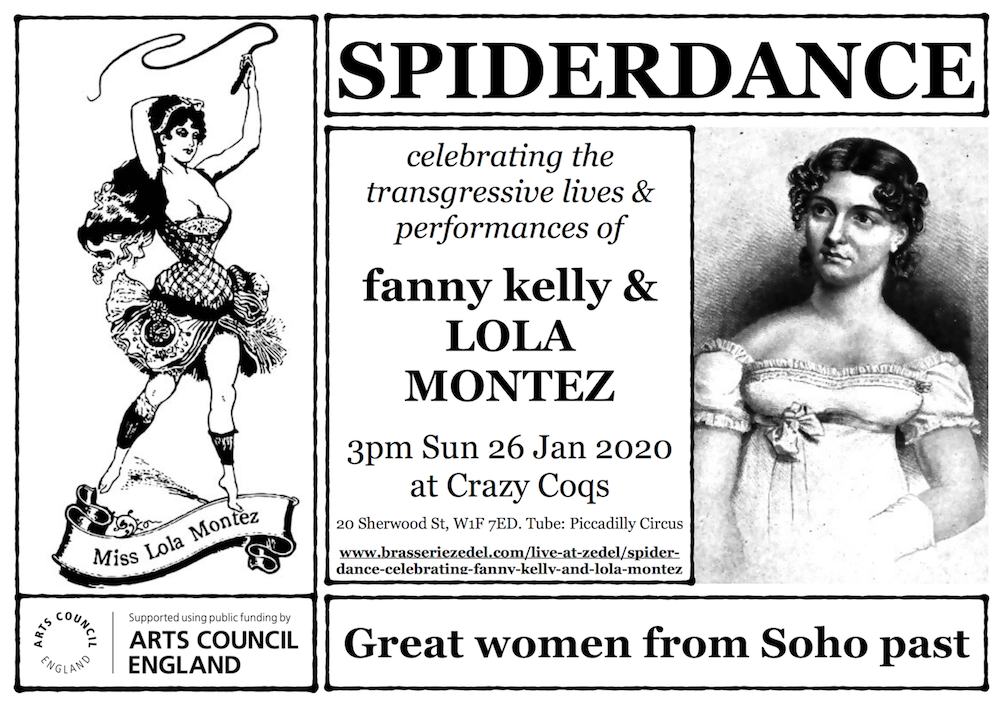
Spiderdance – Feature Film
Preamble
The will to survive and the courage that goes with it are admirable human qualities, and despite her reputation LoIa Montez had these attributes in spades.
I first came across her remarkable life story some years ago when I was appearing in a David Hemming’ s directed film ‘The Survivor’ in Adelaide with Robert Powell and Joseph Cotton. This was a disaster film in more ways than one! On my many days off I would potter round the antique and second-hand book stores looking for material that related to one of my interests, early Australian theatre history.
I came across a delightful miniature oil portrait of Lola in a walnut frame a portrait that hangs on my wall to this day. This triggered a chain of interest in her life and adventures and I soon found copies of the many biographies that had been written about her over the last hundred years. What a life of daring and scandal she had lived in Europe, America and to my amazement Australia.Few of the biographies mentioned the six months she had spent in the colonies, and even then this visit was dismissed in a line or two.
So I began researching the newspapers in Sydney, Melbourne and Adelaide and uncovered the extraordinary details of her tempestuous appearances in this country at a time when it was obvious her great adventures were over and her days were numbered. I was aware that a musical about her had been written and performed in the 1950’s in Australia, but this was a pastiche, and never in any sense revealed the real Lola. Further research uncovered the film made by Max Ophuls in 1954 with Martine Carol playing LoIa, but this was a surreal story that only covered her life in Europe.
So I determined that the truth about her Australian adventure needed to be brought to light, and the result is Spider Dance.
Synopsis
Headlined by the international newspapers as the most notorious woman in the world, Lola Montez arrives in Sydney from the California goldfields with her young American lover Frank Follin and entourage of actors. “Careful you ape! Those are my shrunken heads! “
Polite society in Sydney is outraged by her public performances of the erotic ‘Spider Dance’ , and in private her rapidly escalating breakdown due to the long terra effect of disease and its treatment, and abuse of alcohol and opium, is having a damaging effect on her relationship with Frank.
Lola takes into her employment a pretty currency lass Kate, and her young son. But as Lola has been withholding her favours from Frank, for fear of her illness, Kate soon becomes for both Lola and Frank, a focus of Love in a desolate emotional landscape.
In her paranoia over money LoIa dismisses the small American company and hires local actors, but the problem soon resurfaces and a combination of legal action and bad press explode in her face and they abruptly escape Sydney. The Governor is highly displeased and resolves to use his powers to rid society of this woman. “It is a fact that her relationship with King Ludwig brought Bavaria to the brink of civil war”.
Melbourne finds even more to condemn in Lola’s performances and behaviour and she seeks solace in Kate’s company, as Frank slips deeper into drink and bitterness. The company is finalIy driven out to the Victorian goldfields where LoIa is promptly adopted by the liberal miners still alienated by the bloodbath at Eureka. But as her popularity rockets her madness deepens and she collapses into further shocking opium induced hallucinations, taking out her wrath by horse whipping the editor of the Ballarat Star. “Give me your pants and take my petticoats! You’re not fit to be called men!”
In a desperate attempt to find a cure for her illness Lola allows a keen young doctor to introduce her to a local Aboriginal Elder who gives her special ‘bush’ medicine as she witnesses the frightening ‘Skeleton Dance.’
However when the underground forces of the powerful conservatives increase the pressure to drive Lola from the country, Frank turns traitor, triggering the final brutal confrontation between the three main characters, Lola’s last wild dance, and the bittersweet resolution.
This is a true story.

